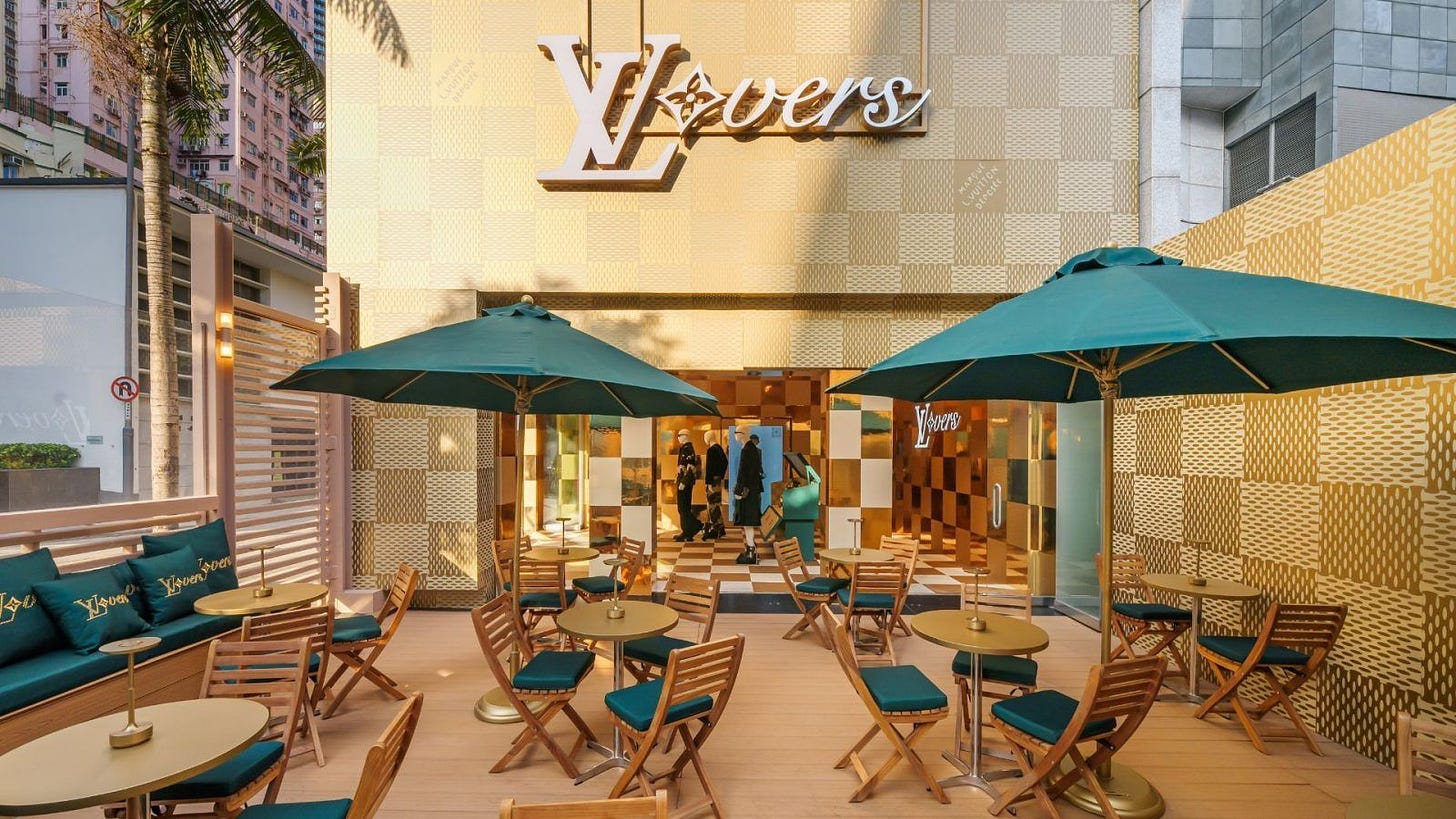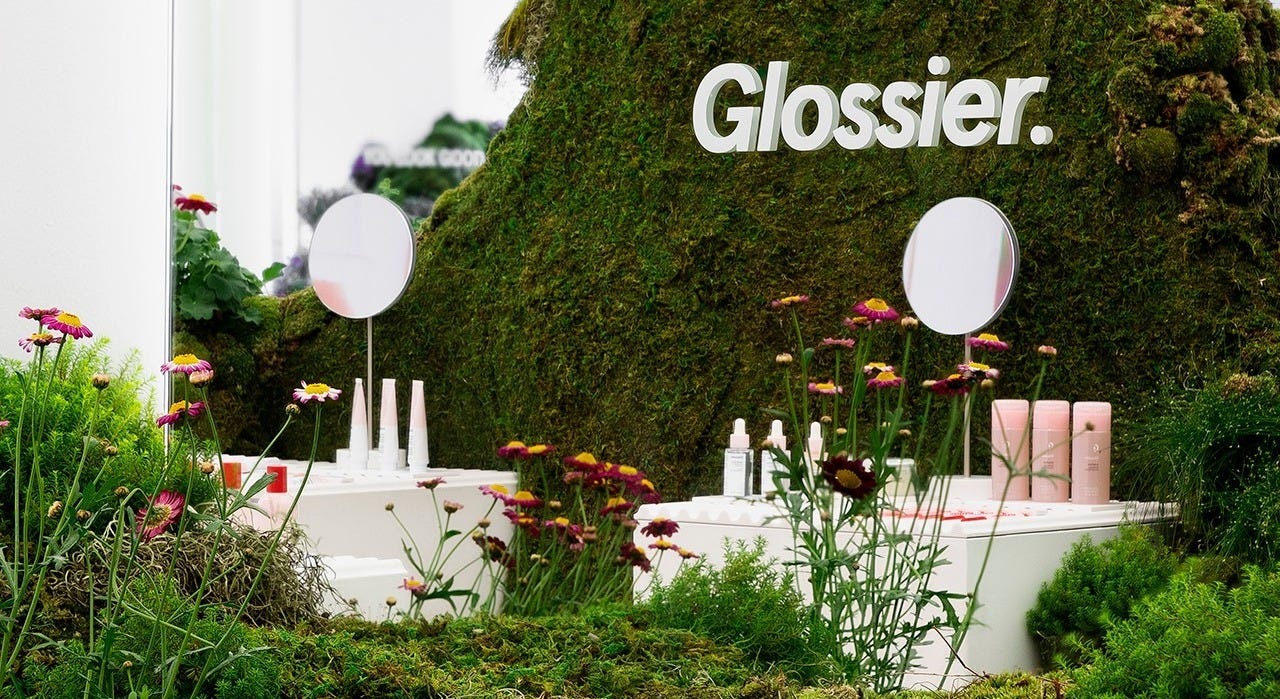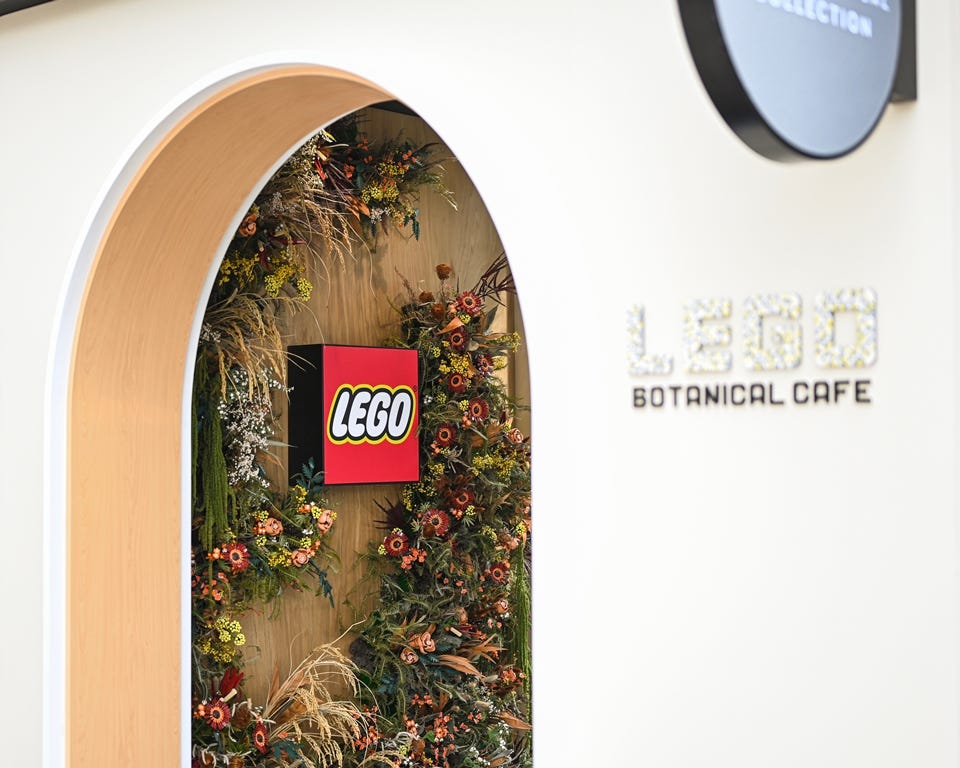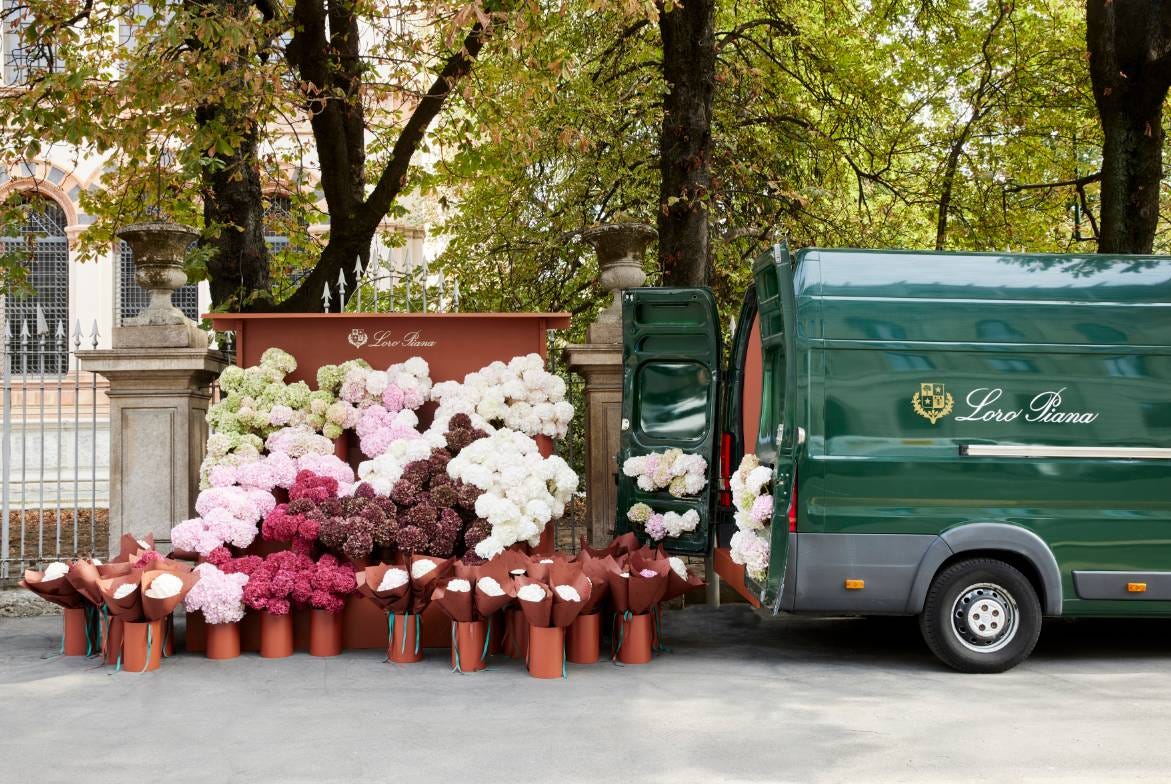Experience is 2025's new brand guideline
Why experiential pop-ups are the new logo drop (and how to design one that actually builds equity)
Let's talk about brands. Not just logos and color palettes, but the feeling of a brand. That intangible, yet utterly crucial, connection that turns a casual browser into a devoted fan. For years, we creatives, have been meticulously designed brand books, those beautiful PDFs detailing every conceivable rule for visual and verbal identity. But I'm here to tell you: the game has changed
The TL;DR for the super busy
Luxury and premium brands are absolutely racing into food-focused and sensory-rich pop-ups and experiences. But, why the frenzy? Because this model delivers 3 of the things traditional retail and digital marketing are struggling with right now:
A richer multi-sensory canvas that turbo-charges memory and emotional connection in a way screens simply can't (backend by science).
A privacy-friendly (and genuinely engaging) way to harvest valuable zero-party data as cookie deprecation bites harder.
A fast (often high-margin) proof-point that strong brand equity still commands a premium price, even when discretionary spending on goods gets a bit shaky.
All this, plus the fact that:
1Cookies are crumbling: Third-party data is toast, so zero-party intel from real-world queues is suddenly golden.
2TikTok is inhaling #FoodTok: Food stays locked in the platform’s top-10 hashtags, pumping organic reach faster than any paid spot.
3Landlords are handing out pop-up keys: Q1 ’25 saw U.S. retailers ditch 6 M sq ft more space than they signed (WSJ). Translation: sweet-deal leases everywhere.
Blend those three and you get marketing’s safest, highest-yield sandbox. Low cap-ex, high margin, infinite content.
From style guide to gelato queue
On a grey London morning in March 2023, Prada pulled a bold move. It didn’t drop a new bag. It opened a café.
The Prada Caffè at Harrods looked like something out of a Milanese daydream: mint-green walls, velvet seating, B&W chequerboard floors pulled straight from Prada’s original 1913 boutique. Even the tableware was on-brand: pale-blue Japanese porcelain and crystal glasses shaped like the Prada triangle.
And then there was the menu: Cannelloni with black truffle; fresh fruits tartlets, or cute pistachio monoportion cakes. Every item designed not just to be consumed, but photographed, hashtagged, and, what’s more important, remembered.
This wasn’t a café. This was a fully immersive brand system you could taste.
Within weeks, TikTok was drowning in content tagged #PradaCafe. Gen-Zs who’d never stepped into a Prada store before were queueing up to spend +£28 on cake and cappuccino, just to say they’d been inside the world of Prada.
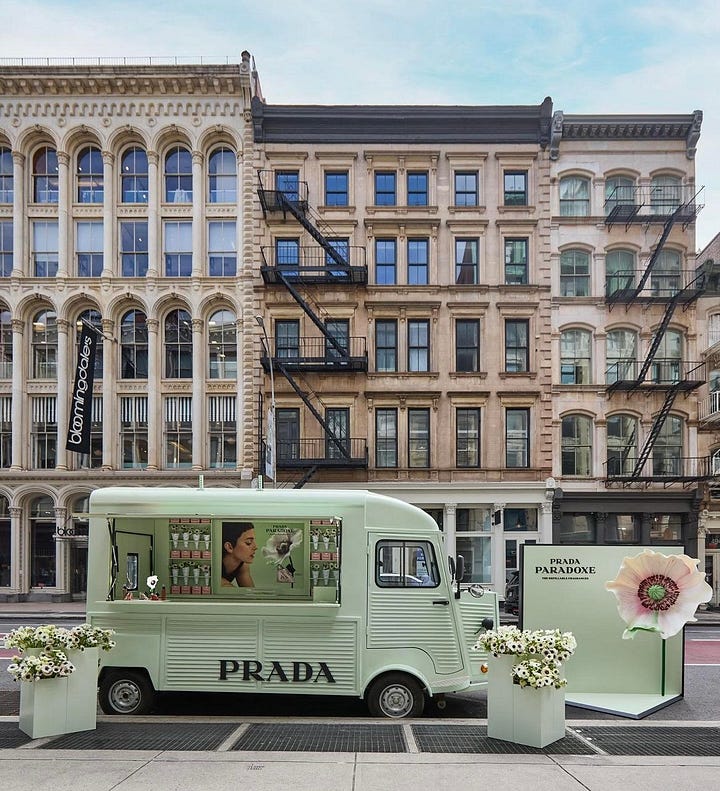

That’s the unlock.
This is what happens when your logo isn’t just seen: it’s felt. When your brand doesn’t just exist, it performs. And your static style guide? It left the chat months ago. We’re now in the era where experience IS the new brand system.
Because in 2025, looking good isn’t enough. Brands have to feel like something. They have to live, breathe, and stress-test in the wild. We’re watching beauty start-ups, challenger drinks, and even B2B SaaS teams map flavour profiles, compose sonic identities, and file trademarks for signature scents. Vogue Business calls it “sensorial IP.” I call it table stakes.
Why? Because attention is expensive. Emotion is priceless. And turning passive scrollers into multi-sensory superfans? That’s the win. The espresso machine hums. The playlist slaps. And every swipe, sip, and story becomes zero-party data in your CRM.
So yeah, your PDF brand guide might’ve had the recipe. But experiential? That’s the tasting menu. And if your audience can touch it, sip it, share it, and crave it again tomorrow, then you’re not just building a brand. You’re building a memory.
This article breaks down how and why that shift is happening, and what it means for brand designers, strategists, and marketers who are ready to think beyond pixels and into physical, craveable worlds.
Like what you’re reading? Support the work by becoming a ☻VIP and keep the ideas flowing. I’m running a special sale with 20% off for 1 year!
The macro landscape
Alright, let's set the scene. Why is now the moment for experiential branding to move from a "nice-to-have" to a "must-do"? It’s not just one thing; it’s a perfect storm of interconnected forces. Imagine a marketing stew: privacy laws are tightening, TikTok’s insatiable appetite for authentic content continues to spike, and high-street retail rents are, in many places, more negotiable than ever. Add a couple of generous teaspoons of investor impatience for growth and a dash of consumer skepticism, and you’ve got a textbook pressure cooker.
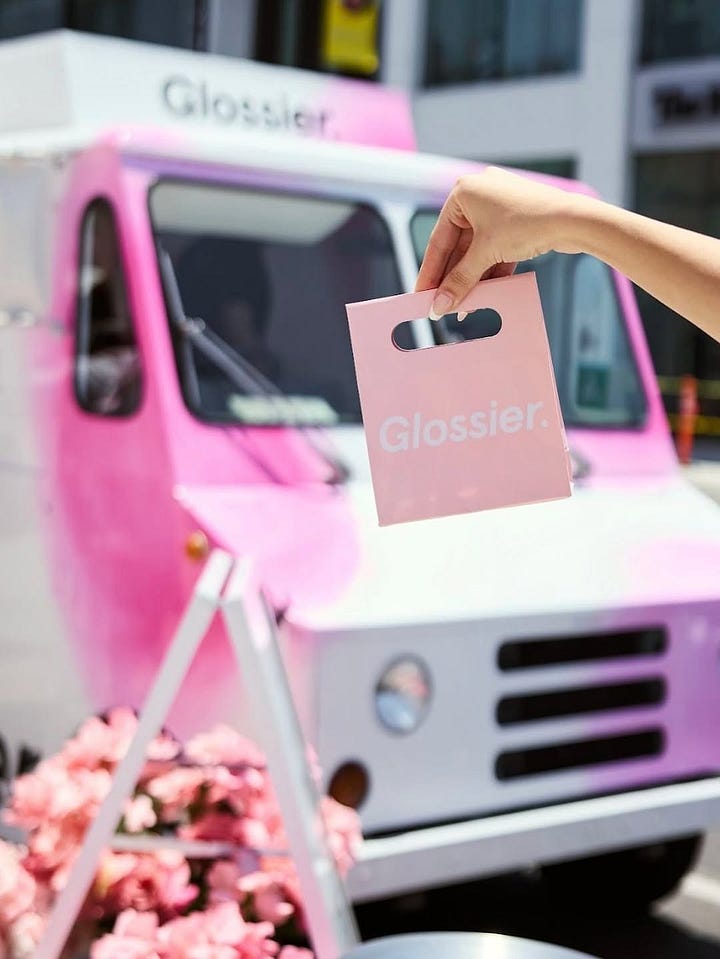
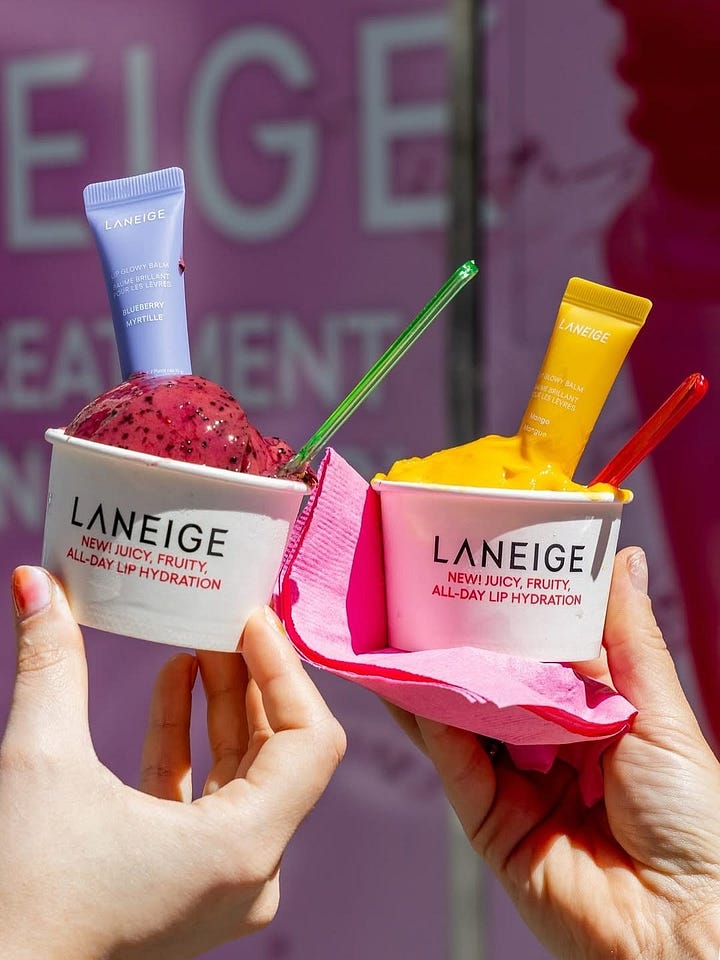


Experiences > Goods in the Luxury P&L
Bain & Co.’s report, Luxury in Transition, reveals global spending in the luxury market (around €1.5 trillion) is seeing growth "largely shifting from products to experiences." Gen Y & Z, in particular, are reprioritizing budgets towards “memorable moments”, showing a clear trend towards value-driven spending that often prioritizes experiences.
Scroll Fatigue & Digital Saturation
The average human thumb travels an estimated 100 meters per day scrolling. Zombie-scrolling is rampant. Our brains, overwhelmed by digital content, are crying out for something different…more… tangible.
The cookie crackdown
GDPR, CCPA, Apple’s iOS updates… they're systematically blocking third-party cookies. As Adweek consistently analyzes, the era of easy third-party tracking is over, pushing brands to find new ways to understand and connect with their audiences.
Experience economy 2.0
74 % of Gen‑Z rank experiences above products4. Dining > handbags for first‑touch engagement.
Pop-Up real-estate paradise
Post-pandemic retail turbulence continues. The WSJ reported that U.S. retail tenants vacated 6M square feet more space than they leased in Q1 2025. This means landlords are more open than ever to short-term leases, pop-up activations, and flexible terms.
The quest for smarter revenue
As Forbes has analyzed5, a €12 branded latte or a €20 exclusive pastry in a pop-up can deliver gross margins of ~85%. These high-margin, experience-linked F&B (food & beverage) items not only generate direct revenue but also validate the brand's pricing power and premium positioning, even in softer economic cycles.
GenAI and craving for authenticity
With AI-generated content rapidly increasing, the digital landscape risks becoming a sea of synthetic sameness. Authenticity is becoming a rarer and more valuable commodity. Live, smellable, taste-able, human-crafted moments cut through the synthetic noise.
My takeaway: this landscape makes experiential strategy not just relevant, but essential. It’s an adaptive response that builds resilience, fosters genuine connection, and drives tangible business results. Brands that master this will own the future of engagement.
Multi-sensory branding isn't just clever, it's science
Okay, so the market conditions are practically begging brands to get experiential. But what’s the magic here? Why does a fleeting taste of a cute macaron or the signature scent of a pop-up boutique itself in our memory with such tenacity, far outlasting the 1000 banner ads we scrolled past today? The answer is less magic and more fascinating neuroscience.
🔥 Want 90 days of premium for free? Refer 15 friends subscribe, you get 3 FULL months of ☻VIP access worth of paid content. Race you to 15👇
Our brains are hardwired to prioritize and encode multi-sensory information, especially when it’s tied to emotion. I did my research on this, so here it goes:
1. Multi-sensory encoding — aka, how memory gets sticky
Our brains don’t process in isolation, they orchestrate. When brands hit more than one sense at a time (sight + taste + smell? jackpot), memory recall jumps.
Sound changes taste. High-pitched music can make food taste 9 % sweeter; low tones dial up bitterness (Oxford’s Crossmodal Lab).
Colour = flavour shortcut. Our minds associate orange with spice, blue with cool, and pink with sweet. This synesthetic mapping doubles recall in tests.
Smell cuts the queue. Scent skips the thalamus and goes straight to the memory bank (hippocampus) and emotion center (amygdala) in 0.15 seconds. That’s lightning fast.
Creatives: Don’t just pick a playlist. Could your packaging crinkle in a distinct way? Could your café glassware “clink” like a triangle logo? Every sensory detail can reinforce what your brand feels like.
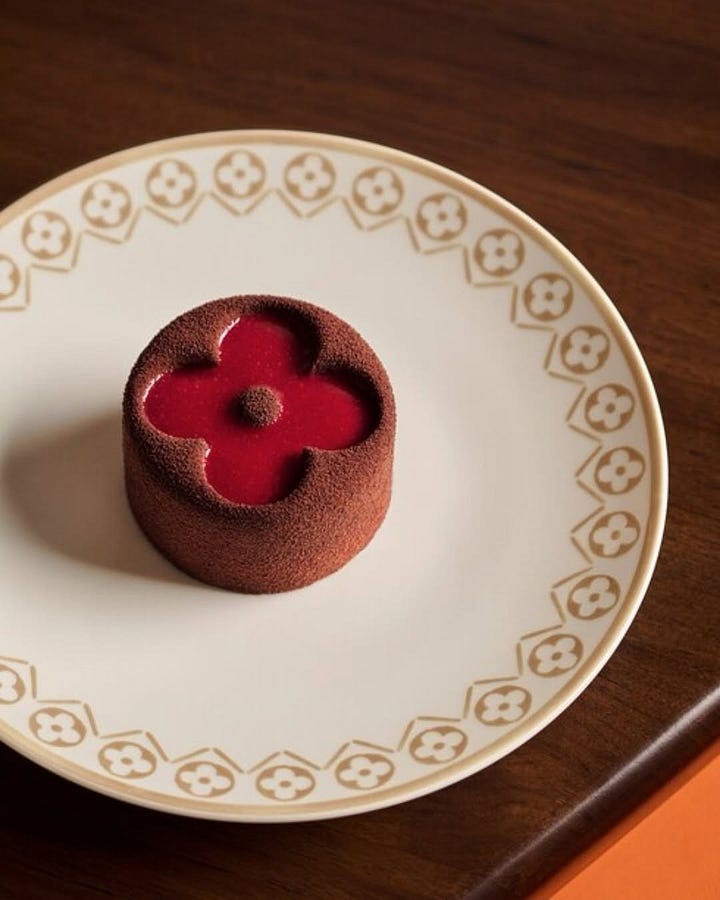
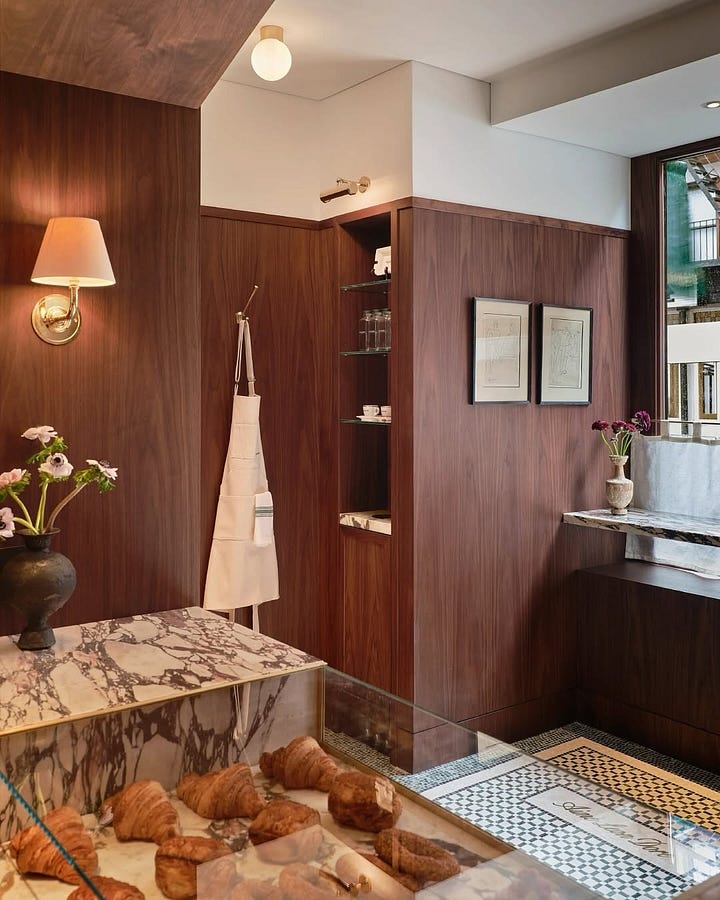
2. Emotion is the value driver
Logic doesn’t convert. Emotion does. Harvard’s Customer Emotions research shows emotionally connected customers spend 2.6× more than neutral ones.
Here’s the hormone breakdown of experiential:
Dopamine: anticipation—the managed queue, the hype.
Serotonin + Endorphins: the joy of flavour, aesthetic, beauty.
Oxytocin: social bonding—shared bites, communal tables, staff interactions.
Creatives: Map your experience like an emotional rollercoaster. What do you want them to feel, and when?
3. Scent: the invisible brand logo
Scent is the sensory superpower. Ambient scent in retail can:
Increase dwell time by 26 % (Journal of Retailing).
Boost product ratings.
Create a “proximity illusion”—making items feel more desirable.
Creatives: Your space needs a signature scent. Warm cookie? Neroli mist? Leather and cedar? Use it. And extend it with scented merch.
4. Communal mirroring — why vibes are viral
People mimic people. When we see others enjoy something, we mirror the emotion—thanks, mirror neurons. That’s why packed spaces feel more fun (and more worth waiting for).
Creatives: Design for joy in public. Shared tasting flights. Social seating. Staff that genuinely love what they’re doing. It spreads.
The experiential toolkit
So you’re nodding along: experiential isn’t a marketing gimmick. It’s the new circulatory system for brand meaning. But to actually use it as a strategic engine, not just another shiny activation, you need more than cool concepts and vibey moodboards. You need a system.
This is your brand-building field kit. A blend of strategy compass and creative operating manual. Because in 2025, every sense—sight, scent, taste, texture, sound—should be pulling its weight in telling your brand’s story. One cue at a time.
a. Pick your primary objective — this is where strategy starts
Before you scout a venue or brief the F&B team, ask: why are we doing this? If you can’t answer that in one line, pause.
1. Brand asset stretch — make your codes edible
Why: Get your logos, colours, and sonic cues off the deck and into the real world. Let people feel them, taste them, Instagram them.
Design cue: If your hero colour is mint, what does mint taste like? Prada answered that with pistachio. You can too.
Measure: Post-experience distinctiveness. Do people now associate those flavours/sounds/textures with you?
2. Audience bridge — show up in a new light
Why: Reach a new crowd (Gen Z? Latin America? Creators?) without rewriting your core story.
Design cue: Flex your identity without breaking it. New soundtrack, new slang, same brand soul.
Measure: Perception shift. Are new guests walking away seeing you the way you intended?
3. Premium proof — justify the price
Why: High-end means high expectation. Make the value feel visceral.
Design cue: Everything must scream care: materials, plating, lighting, staff rituals.
Measure: Perceived quality delta. Does this feel worth what we charge?
4. Data & community — know them deeper
Why: Zero-party data is the new gold standard. Experiential = opt-in data + opt-in emotion.
Design cue: No boring surveys. Think flavour quizzes, hidden menus, AR scavenger hunts.
Measure: Engagement > sign-ups. Is the data useful? Are people opting in enthusiastically?
5. Purpose proof (AKA don’t say it, show it)
Why: Purpose isn’t copy—it’s choreography. If you stand for something, make people feel it.
Design cue: Sustainability? Use circular décor and visible reuse. Activism? Show receipts.
Measure: Emotional recall. Do people believe you mean it? Did they feel it in action?
your cheat check: If your activation doesn’t connect back to your brand strategy in one sentence—it’s not strategic. It’s just decoration.
b. Design principles: make the brand walk & talk (and taste)
1. Consistency ≠ copy-paste: Lock your core codes. Flex the rest. Texture, scent, temp? That’s your playground.
2. Context is everything: Design local. Tokyo ≠ Paris. Show cultural fluency, not one-size-fits-all.
3. Pick your signature sense: Don’t do it all—do one thing deeply. Scent, sound, mouthfeel. Own your lane.
4. Design rituals, not just touchpoints: Make brand behaviors repeatable. Even the receipt can tell a story.
5. Make it creator bait: Design for the camera. Think light, angles, content nooks. Your guests are the media.
6. Queue with intention: Waiting time is story time. Entertain, surprise, warm them up.
7. Data with dignity: No boring forms. Turn data capture into brand-aligned fun.
8. Build circular, build smart: Modular, upcycled, re-usable. Sustainability isn’t a trend—it’s a flex.
9. Design for everyone: Quiet spaces. Easy flows. Thoughtful signage. Inclusion scales reputation.
10. Create the afterglow: Event ends, story continues. Send them home with something to remember (and share).
Every part of your experience, from flooring to fragrance, should be in service of your brand identity. If you get it right, your brand stops being a concept. It becomes a space people crave to step into.
OMG that was a long one! I hope you enjoyed reading it as much as I did when writing it. If it sparked anything, perhaps someone else would? Share it with your circle!
See you next time!
Source: Influencer Marketing Hub







